The rich, chocolate-brown color of rye and pumpernickel bread is just as sweet as it looks, doubly so if you make your own caramel coloring. Consisting of only sugar, water and cream of tartar, homemade caramel coloring is as close as you can get to high-quality, class I caramel coloring -- the only natural commercial caramel coloring. Classes II through IV contain varying amounts of dextrose, high-fructose corn syrup, ammonium and sulfites, so there's nothing caramel about them save the color. There are several substitutes, but real caramel coloring takes about 15 minutes to make and is as natural as the ingredients you put in it.
Dissolve 3 parts sugar in 1 part water in a heavy-bottomed saucepan over low heat, which takes about 5 minutes. You need about 3 tablespoons of sugar and 1 tablespoon of water for a loaf of pumpernickel.
Set the heat to medium-high and bring the simple syrup to a simmer. Cover the saucepan and simmer for 2 minutes; then uncover. The syrup should be golden brown and bubble vigorously.
Add a pinch of cream of tartar to the syrup and continue simmering until it develops a dark-brown to burnt-sienna color. Remove the pan from the heat, and bring 2 parts water to a boil in a separate saucepan.
Put an oven mitt on, and pour the boiling water in the syrup; keep your face angled away from the pan when you pour the water to avoid errant splatters.
Stir the water into the caramel until it's dissolved. Let the caramel color cool to room temperature. Use immediately, or store it in an airtight container at room temperature until you need it.
Related Articles

How to Melt White Sugar for Flan

What Colors Do I Mix for Beige Frosting?

How to Cook Down Apple Juice to Make ...

How to Make Frosting From Scratch ...

How to Make Organic Ink

How to Make Maple Cream in a Stand Mixer

How to Make Peppermint Candy
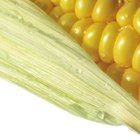
How to Substitute Light Corn Syrup in a ...

What Colors Do I Mix to Get Tan Food ...
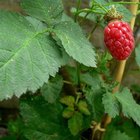
Tayberry Jam Recipe
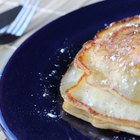
How to Use Muffin Mix to Make Pancakes

Can You Use Beet Powder for Cupcakes?
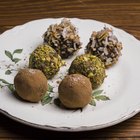
How to Make Your Own Chocolate Truffles
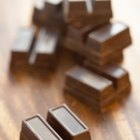
How to Save Burnt Chocolate
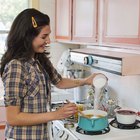
How to Make Liquid Sugar Concentrate

How to Make Strawberry Lemonade
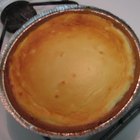
How to Bake Sugar Free Cheese Cake

The History of Caramel Candy
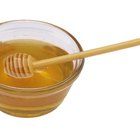
How to Liquify Honey
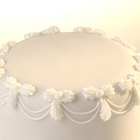
How to Make a White Decorator Icing
References
- Baking and Pastry: Mastering the Art and the Craft; The Culinary Institute of America
- Artisan Bread in 5: Pumpernickel Bread -- How to Make Your Own Caramel Coloring
- IPCS InChem: Caramel Colours
Writer Bio
A.J. Andrews' work has appeared in Food and Wine, Fricote and "BBC Good Food." He lives in Europe where he bakes with wild yeast, milks goats for cheese and prepares for the Court of Master Sommeliers level II exam. Andrews received formal training at Le Cordon Bleu.